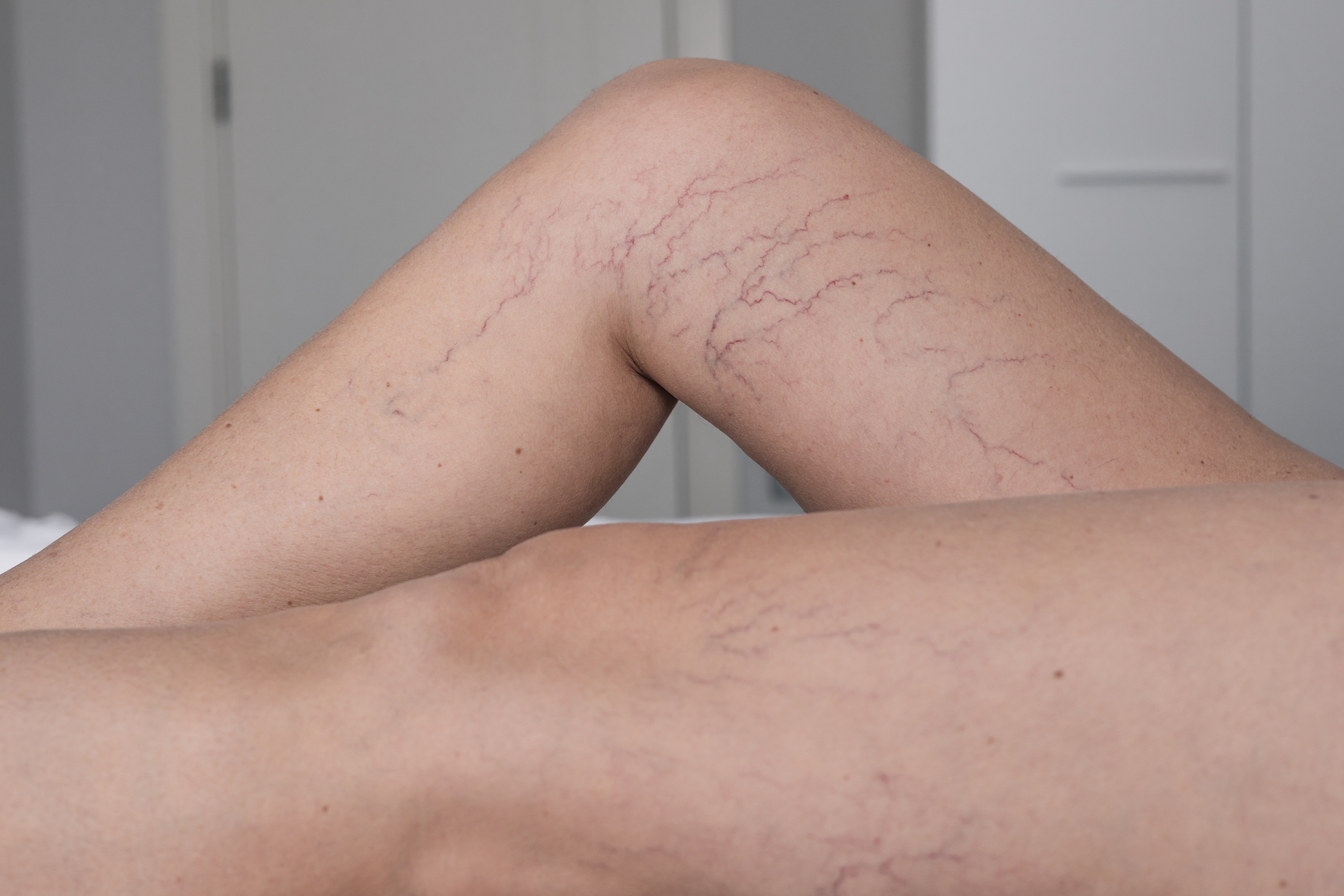Invisible Veins Can Still Be a Problem – Here's Why You Shouldn't Ignore Them
When we think about vein problems, we usually imagine bulging varicose veins that are easily visible on the legs or arms. But what if the problem runs deeper—literally? Invisible veins, or hidden vein issues, may not show up on the surface of your skin, but they can still cause serious discomfort and health risks. At Surekha Varicose Veins, we believe in raising awareness about these silent vein problems before they turn into major complications.
In this blog, we’ll uncover what invisible vein problems are, how they affect your body, and why early diagnosis and treatment are essential for your vascular health.
What Are Invisible Veins?
Invisible veins refer to underlying venous insufficiencies or vascular issues that don’t show any external signs like bulging or discoloration. Despite the absence of visible symptoms, the veins are not functioning properly, leading to poor blood circulation—especially in the lower limbs.
Many people assume that if they can’t see a vein problem, it doesn’t exist. But that assumption can be dangerous. Hidden venous conditions may quietly develop over time and later present as swelling, pain, or even leg ulcers.
How Do Veins Become a Problem?
Veins are responsible for carrying blood back to your heart. When the valves in the veins are weakened or damaged, blood may pool in the legs, leading to chronic venous insufficiency (CVI). In cases where the veins are deep or located beneath layers of tissue, these problems remain invisible to the naked eye but continue to cause internal damage.
Conditions like deep vein thrombosis (DVT) and pelvic congestion syndrome are examples of invisible vein problems that can lead to serious health risks if not detected early.
Symptoms of Invisible Vein Problems
Even if you don’t see bulging veins or spider veins, your body may still give you signs of underlying vascular issues. Look out for:
- Persistent leg pain or heaviness
- Swelling in the ankles or calves
- Skin discoloration or dryness
- Cramping or restlessness, especially at night
- Frequent itching or burning sensations
- Slow-healing wounds or ulcers on the legs
These symptoms can worsen over time if the invisible veins are not treated.
Causes of Hidden Vein Disorders
A variety of factors can contribute to invisible vein problems, including:
- Genetics – Family history of vein disorders
- Ageing – Veins lose elasticity over time
- Pregnancy –Increased pressure on pelvic and leg veins
- Obesity – Extra weight strains the circulatory system
- Prolonged standing or sitting – Reduces venous return
- Lack of exercise – Poor muscle tone can hinder circulation
Even athletes or people who lead active lifestyles can experience invisible veins due to genetics or injury.
Diagnostic Tools for Invisible Vein Problems
Since you can’t see these problems, advanced diagnostic tools are essential for accurate detection. At Surekha Varicose Veins, we offer:
- Doppler Ultrasound – Helps visualize blood flow and detect clots or blockages
- Venous Duplex Scans – Provide detailed images of vein structure and function
- CT Venography or MR Venography – For more complex cases involving deeper veins
- Physical examination – Assessment by our expert vascular specialists
These non-invasive diagnostic methods allow us to identify invisible veins before they cause more severe symptoms.
Why Ignoring Invisible Veins is Dangerous
The real danger of invisible vein issues lies in their silent progression. Left untreated, they can lead to:
- Chronic swelling and pain
- Deep vein thrombosis (DVT)
- Skin ulcers and infections
- Long-term disability
By the time visible signs appear, the condition may already be advanced. That’s why proactive screening is crucial.
Treatment Options for Invisible Veins
The good news is that invisible vein problems can be effectively treated once diagnosed. Common treatments include:
1. Conservative Treatments (First Line):
These are usually recommended for mild to moderate symptoms or as supportive therapy post-procedure.
a. Lifestyle Modifications
Simple changes like elevating your legs, regular exercise, and maintaining a healthy weight can improve circulation.
b. Compression Therapy
Wearing compression stockings improves circulation and reduces symptoms like heaviness, swelling, and pain.
c.Medications
Anti-inflammatory or blood-thinning medications may be prescribed to manage symptoms or prevent clots.
2. Minimally Invasive Procedures
For symptomatic invisible vein problems with confirmed reflux or underlying venous disease, following effective treatment options are offered at Surekha Varicose Veins:
- Endovenous Laser Therapy (EVLT)
A minimally invasive procedure that uses laser heat to seal off faulty veins and redirect blood flow to healthier ones.
- Sclerotherapy
A treatment where a special solution is injected into problem veins, causing them to collapse and be absorbed by the body.
These techniques target faulty veins without large incisions, offering fast recovery and excellent results.
Why Choose Surekha Varicose Veins?
When it comes to vascular care, Surekha Varicose Veins stands out for its:
- Experienced vascular surgeons and interventional radiologists
- State-of-the-art diagnostic tools for deep and superficial veins
- Customized treatment plans based on your unique condition
- Patient-first approach to ensure comfort, safety, and long-term health
Our team specializes in managing both visible and invisible vein issues, helping you regain comfort and confidence.
Conclusion
Just because you can’t see the problem doesn’t mean it isn’t there. Invisible vein problems are more common than most people realize, and they can silently affect your quality of life. Whether you’re experiencing unexplained leg pain, swelling, or fatigue, it’s essential to get evaluated by a vascular expert.
At Surekha Varicose Veins, we help patients uncover and treat invisible veins before they lead to serious health concerns. Book your consultation today and take the first step toward healthier circulation and a pain-free life.

